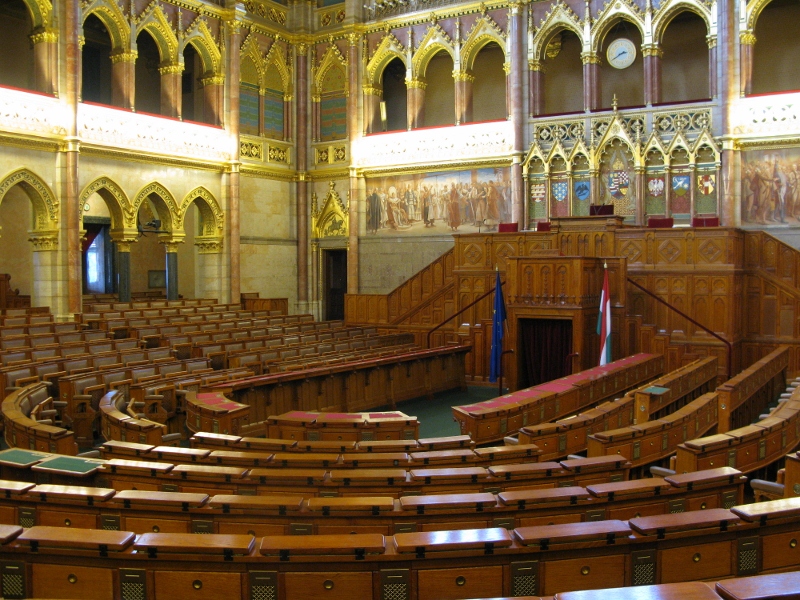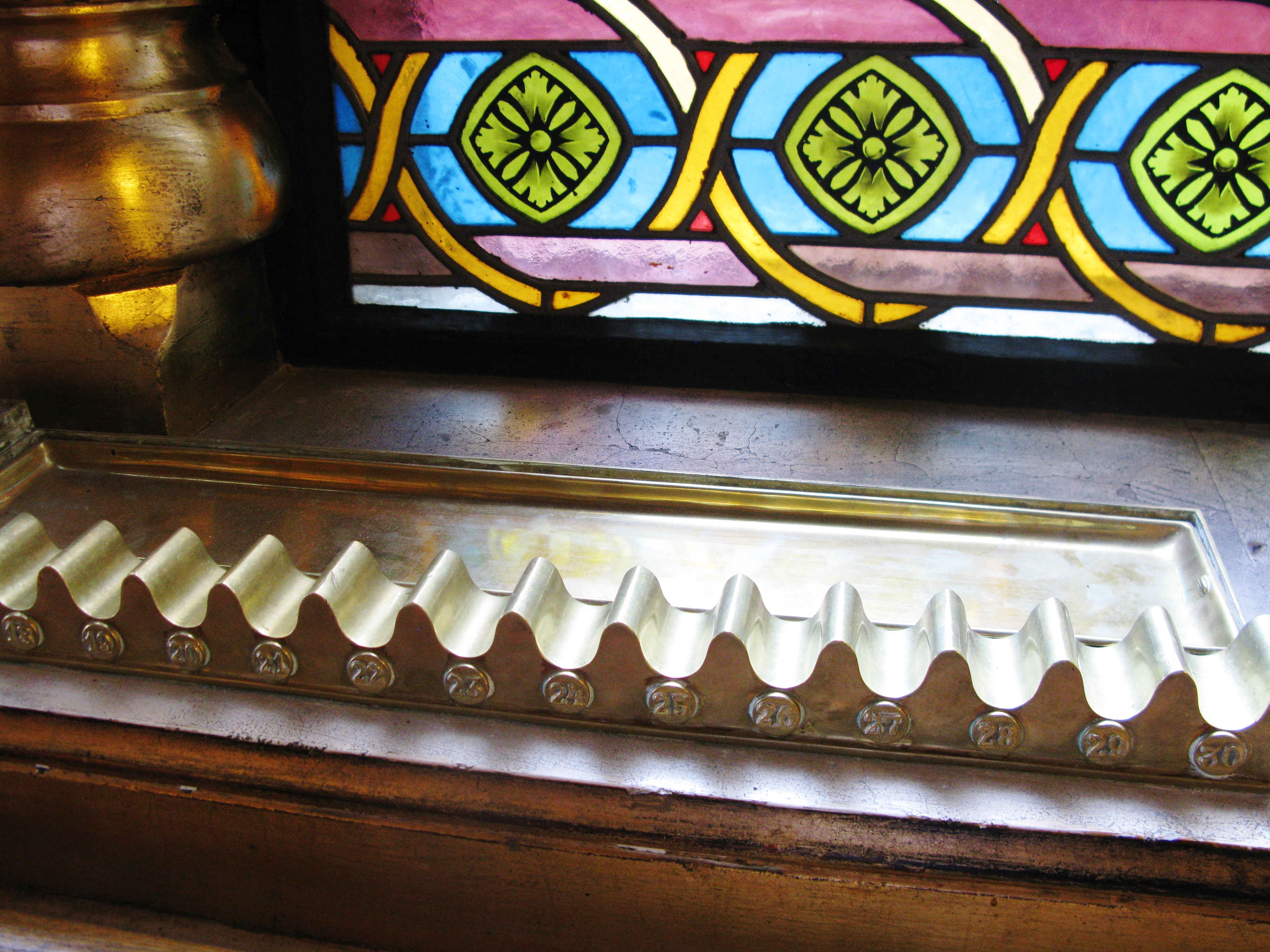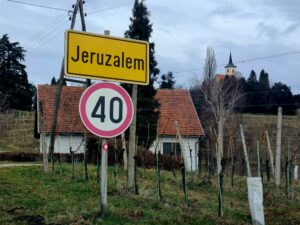A long threatening came at last. For five years now, I’ve been walking by the line of tourists queuing up for a tour of the Parlament Building and each time I’ve made a mental note to self to do it. One day. Needless to say, I never got around to making the required reservation and left it to the inimitable MI to surprise me one Friday.

I’d heard from SJ that the place was amazing and even though I know this particular North American not to be given to wanton bouts of exaggeration, I wasn’t at all prepared for the sheer grandeur of the place. We were deluged with the facts and figures that these types of tours depend on for their sustenance. The only one that stuck in my brain (and is probably somewhat indicative of the type of brain my head houses) is that this particular chandelier has 205 lightbulbs and to change one, technicians have to enter from the outside through the roof.
Constructed between 1884 and 1904, the building was designed in mock Gothic style has many similarities to the Palace of Westminster, in London. It’s the third largest parliament building in the world. It has 691 rooms (200 of which are offices) and so plenty of room for a guest or two. About one thousand people were involved in the construction, which used 40 million bricks, half a million precious stones and 40 kg (81 lb) of gold. Perhaps shaving some of the wallpaper might help reduce the national debt. Just an idea. And I can’t say that I wasn’t tempted.










2 Responses
A delight, a building for Hungarians to be justifiably proud of………thank you. It was a suprise to realise that, what was then probably the most significant building in Hungary, was only finished in the early twentieth century in what would by then have been considered a very backward looking style (the Gothic Revival). It maybe foretold of how Hungary, certainly the Austro Hungarian Empire would approach the challenges of the twentieth century with unwelcome results.